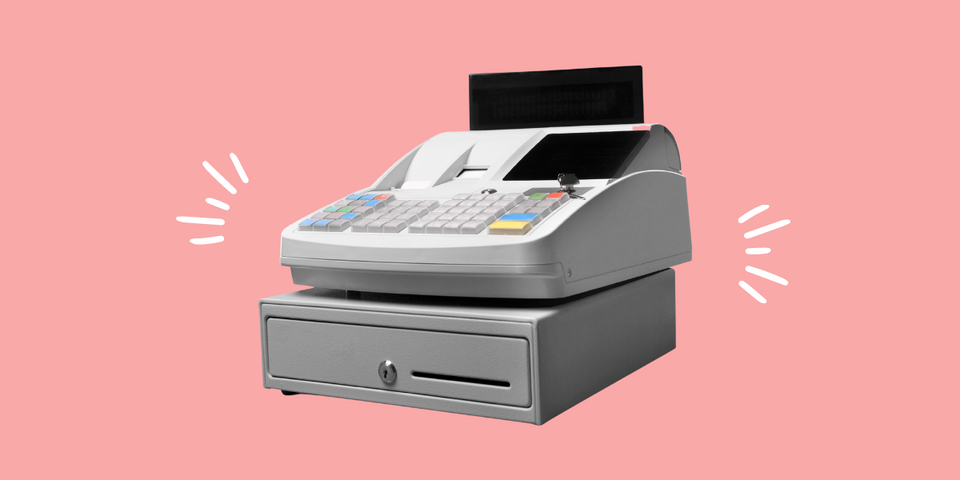How to streamline payments & contracts for new clients

If any part of your job (or your team member's job) requires making the same invoices or sending out the same contracts over and over again - today's opsy hack is for you!
When I joined the Tech Ladies team, we had a super manual process for sending a service agreement and payment details to a new hiring partner. It involved editing and exporting a Google Doc template, uploading and sending that via HelloSign, and then creating an invoice in PayPal.
It was (at best) a rote, administrative task and (at worst) a hurdle for new clients to jump over before they could actually get started.
There is nothing I hate more than a clunky process so, over time, I've used Stripe, HelloSign, and TextExpander to streamline it. What used to take ten minutes every time now takes less than thirty seconds!
Ready to dig in? 🍴
Stripe's Payment Links
Stripe's new Payment Links allow you to quickly create a checkout process (and unlock all the features of Stripe) without coding anything. This feature is only a few months old and I'm already in love with it! 😍
There are lots of great use cases for Payment Links but I'm particularly excited about them for service businesses because so many folks the tech space are already using Stripe to process payments. Now, instead of building a custom checkout process or manually creating an invoice each time, you can just send your client a Payment Link!
They're a great time saver and a way to reduce human error.

How to Set Up a Stripe Payment Link
All links are to Stripe's existing documentation.
- Create a Product
If you already have Products set up in Stripe, you can skip this step! Otherwise, you'll need to create a Product for every service you offer. If you offer a service with different tiers, I recommend adding that service as one Product with multiple prices - e.g. quarterly, annual, lifetime, etc. - Create a Payment Link
You can use use Payment Links for both one-time payments and subscription products. Each price point will have its own unique URL so, going along with the example above, there would be a different link for quarterly clients, annual clients, and lifetime clients. - Create a Promo Code (Optional)
Stripe will give you the option to accept promo codes when you set up your Payment Links. If you regularly offer the same discount(s) to clients, e.g. a nonprofit discount, this is a great way to solve for that part of your process. Instead of having to create a whole different set of products, you can send a nonprofit partner the same payment link, along with the nonprofit promo code.
HelloSign's Template Links
If you use any digital signing software, you probably already know that templates are a thing... but what about Template Links?
This new-ish feature from HelloSign allows you to skip the part of your process where you open HelloSign in a new tab, pull up a template, and manually enter the new signer's name, email, etc. in order to send it to them.
Once you've set up a Template Link, you can share that link with the signer via email, on a website, etc. That person enters their email to view it, and then HelloSign walks them through filling out the required fields.
You can use the same Template Link for anyone who needs to individually sign that doc because HelloSign creates a unique document for each viewer. This makes it really handy for routine documents that only have a single external signer, e.g. service agreements, NDAs, etc.

How to Set Up a HelloSign Contract Link
- Prepare your document template in your preferred editor, e.g. Google Docs, Microsoft Word, etc. (Pro tip: If you have internal folks who need to counter-sign the doc, go ahead and add their signature now.)
- Log into HelloSign and click on Template in the left nav bar.
- Select Create a link.
- Upload the document you want to use.
- Name the signing role for the link, e.g. Partner or Client. You can only have one external signer for a Template Link.
- Click the Prepare doc for signing button to place all the necessary fields, e.g. Company Name, Signature, Date Signed, etc. (Pro tip: If you pre-added an internal team member's signature, you can date it using the Date Signed field.)
- Give your template a name.
That's it! You now have a link you can send out as many times as you want.
Bonus: TextExpander Snippets
These links replace the invoicing and contract-making part of your process with a more streamlined solution because you can seamlessly share them with your client as-needed via email, messenger, etc. without opening a third-party tool.
If you want to also speed up the process of sending these links, I recommend creating some shortcuts via TextExpander.
TextExpander allows you to turn short keywords into links, sentences, or even whole paragraphs of pre-formatted text. It's a game-changer for anyone in a customer support or client-facing role.
For example, I have shortcuts named z-quarterlylinks and z-annuallinks. Any time I type those phrases into my email client (or anywhere else), the phrase will automatically be replaced with a short blurb instructing the client how to pay and sign our contract for their respective plan - with all the proper links included.
Win! I don't even have to go digging through my bookmarks for those links now.
If you're new to TextExpander, you can use this link to save 20% on a subscription. (And support Opsy at the same time!)
Updated Process
Remember that +10-step process? This is what it looks like now:
- Type the shortcut that you've loaded into TextExpander (e.g. z-quarterlylinks)
- Watch it expand into a neatly-formatted instructions with the proper links included.
Talk about an opsy win. 😎



Member discussion